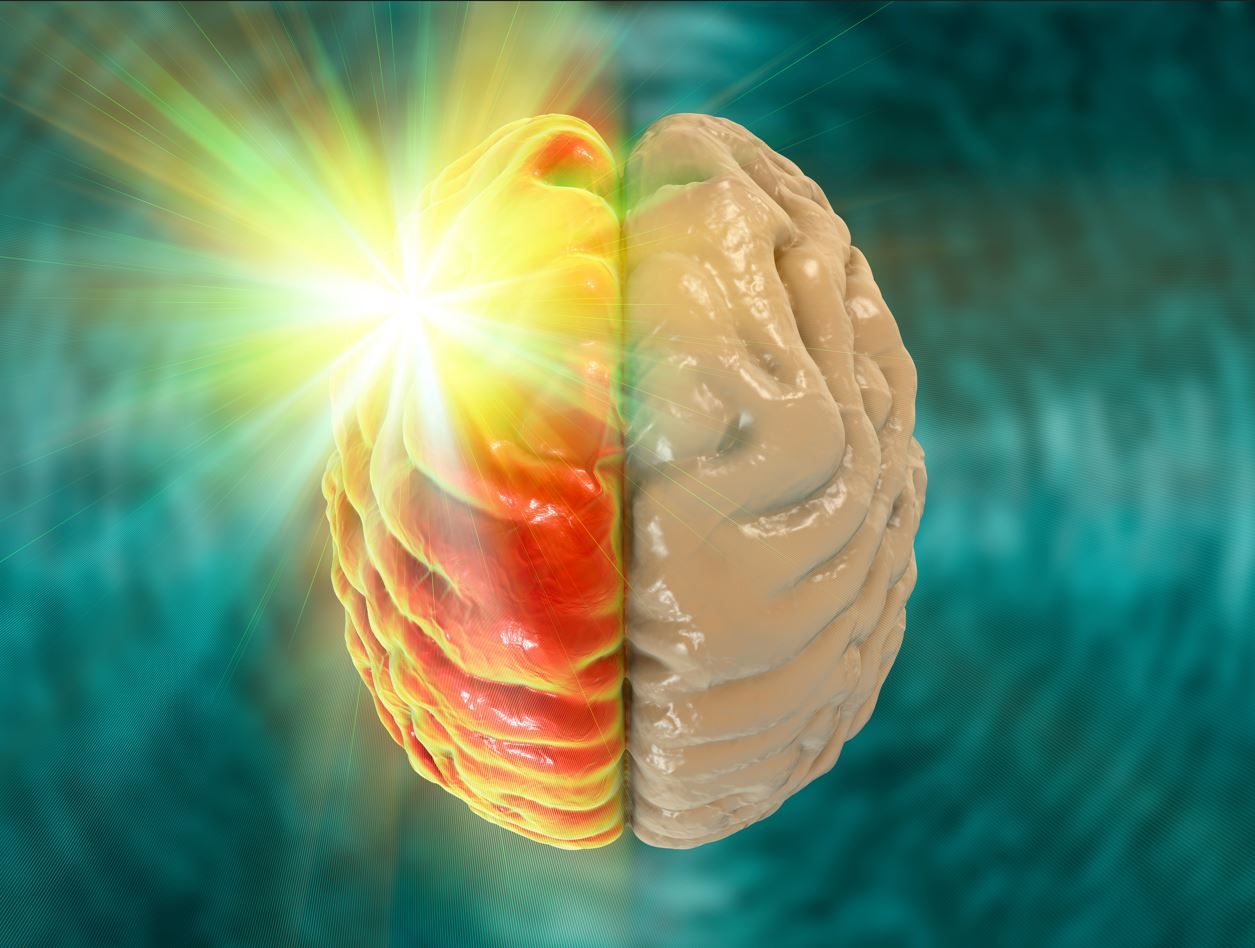- Clinical Technology
- Adult Immunization
- Hepatology
- Pediatric Immunization
- Screening
- Psychiatry
- Allergy
- Women's Health
- Cardiology
- Pediatrics
- Dermatology
- Endocrinology
- Pain Management
- Gastroenterology
- Infectious Disease
- Obesity Medicine
- Rheumatology
- Nephrology
- Neurology
- Pulmonology
Where Does Migraine Pain Come From?
The role of the trigeminal nerve and its connection to the brainstem has led to a greater understanding of where migraine pain originates. Expert explains, here.

For years, migraine was considered a vascular headache. The common description of a throbbing or pulsatile headache was attributed to blood vessels dilating during a migraine attack. Improvement in the pain from taking a vasoconstrictor, such as caffeine or ergotamine, reinforced this belief.
However, in recent years, the role of the trigeminal nerve and its connection to the brainstem has led to a greater understanding of where migraine pain originates. Blood vessels are still involved in the pain process. Presently, the characteristic throbbing pain is widely accepted to be the result of activation of the trigeminovascular pathway.
What is the trigeminovascular pathway? Key to understanding this is to be reminded that the trigeminal nerve (the 5th Cranial Nerve) provides sensation to the head and face. It is a sensory nerve unlike the facial nerve (the 7th Cranial Nerve), which is a motor nerve controlling facial movement. There are 3 branches of the trigeminal nerve:
- Ophthalmic
- Maxillary
- Mandibular
While all 3 branches can become activated during a migraine attack, the ophthalmic branch is the most involved. It contains nociceptor neurons and fibers that innervate the meninges and large cerebral arteries. Nociceptor neurons can also be referred to as sensory neurons.
Nociceptor neurons that innervate the dura mater become stimulated during a migraine attack and release neuropeptides including calcitonin gene-related peptide (CGRP) and pituitary adenylate cyclase-activating polypeptide -38 (PACAP). This peripheral sensitization is considered responsible for the throbbing pain often described during a migraine attack.
Facial pain can be attributed to the involvement of the 3 branches of the trigeminal nerve. This pain can be unilateral or bilateral. Most commonly the pain is described as frontotemporal and/or periorbital consistent with the sensory distribution of the ophthalmic division of the trigeminal nerve. Pain may be present in the cheek area, presumably from activation of the second division of the trigeminal nerve. Less common is mandible/jaw pain from activation of the third division of the trigeminal nerve.
Without effective acute treatment for a migraine attack, the pain can last up to 72 hours. The sensitization can move from peripheral to central during the pain phase of a migraine attack. As the stimulated pain pathway moves up to higher pain centers in the brain, including the thalamus and cerebral cortex, the pain can worsen as central sensitization occurs. This phase of a migraine can be associated with cutaneous allodynia, characterized by sensitivity to light touch that ordinarily should not be painful. Examples include an individual expressing pain when light touch is applied to the scalp and finding a ponytail or shaving painful.
In summary, activation of the trigeminovascular pathway is the origin of the pain of migraine. In recent years, this knowledge has helped in the development of both acute and preventive treatment designed to stop this activation. Medications that block the activity of CGRP are now widely available and potential molecules that can block PACAP are in development.
